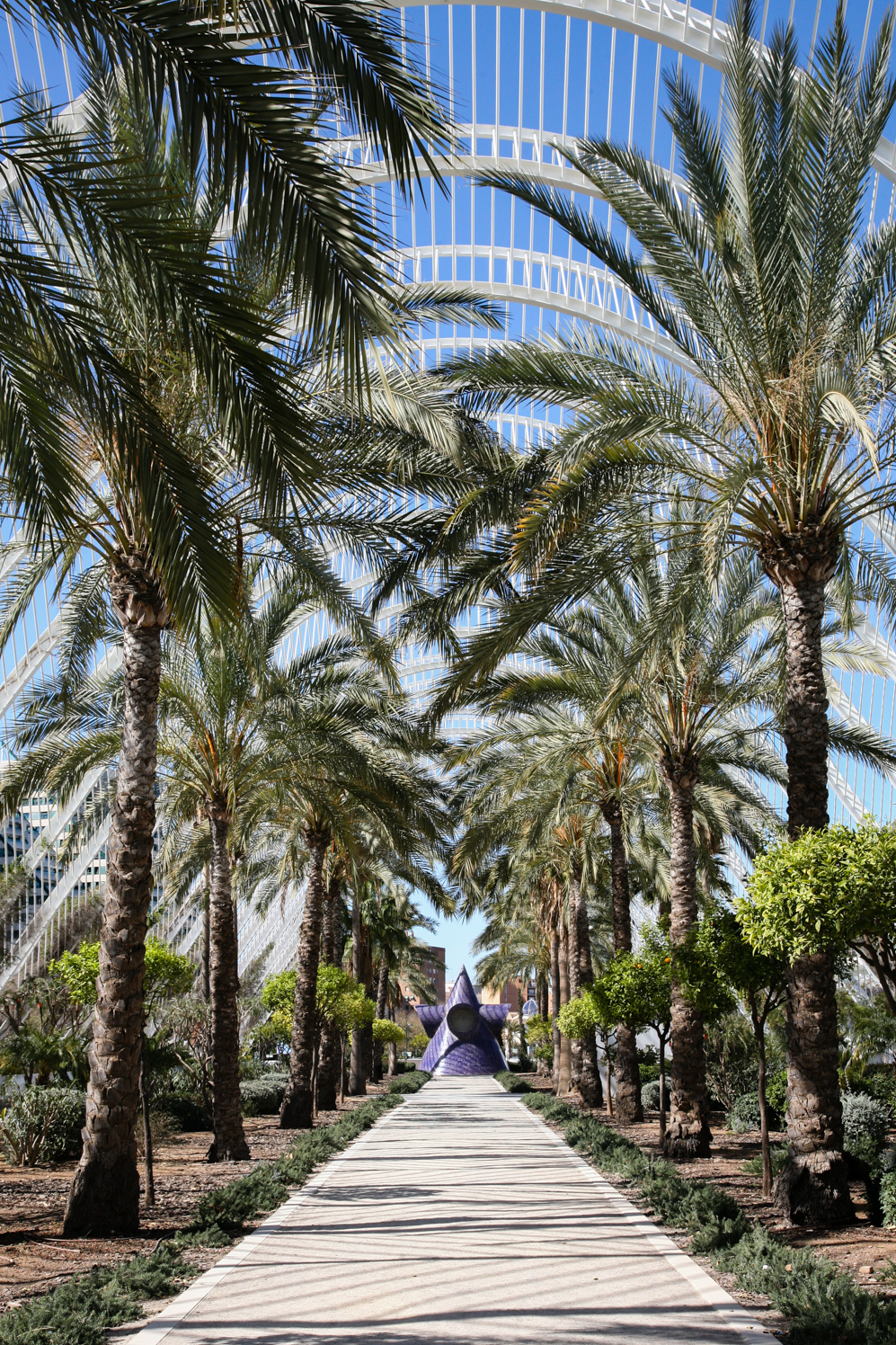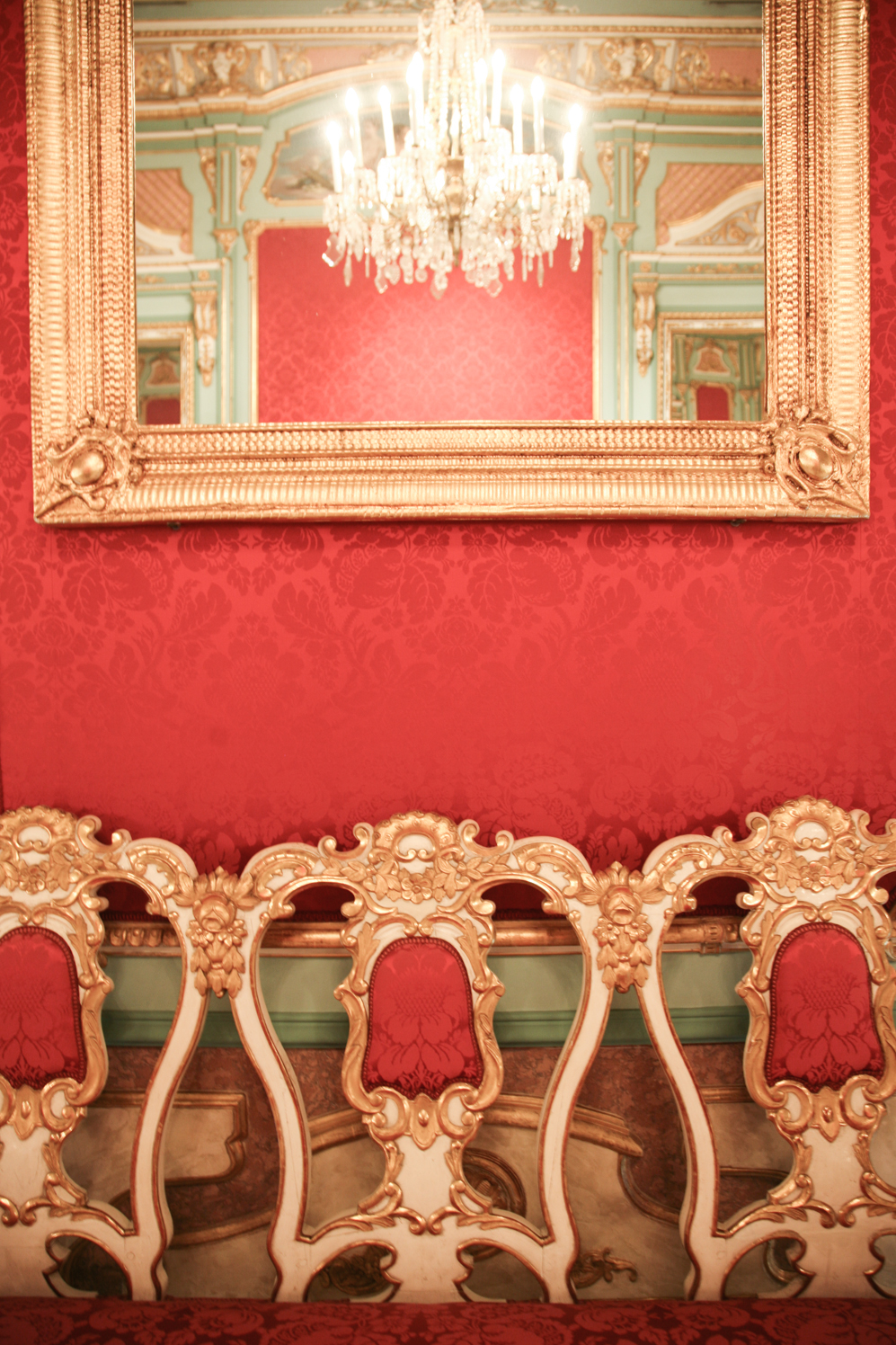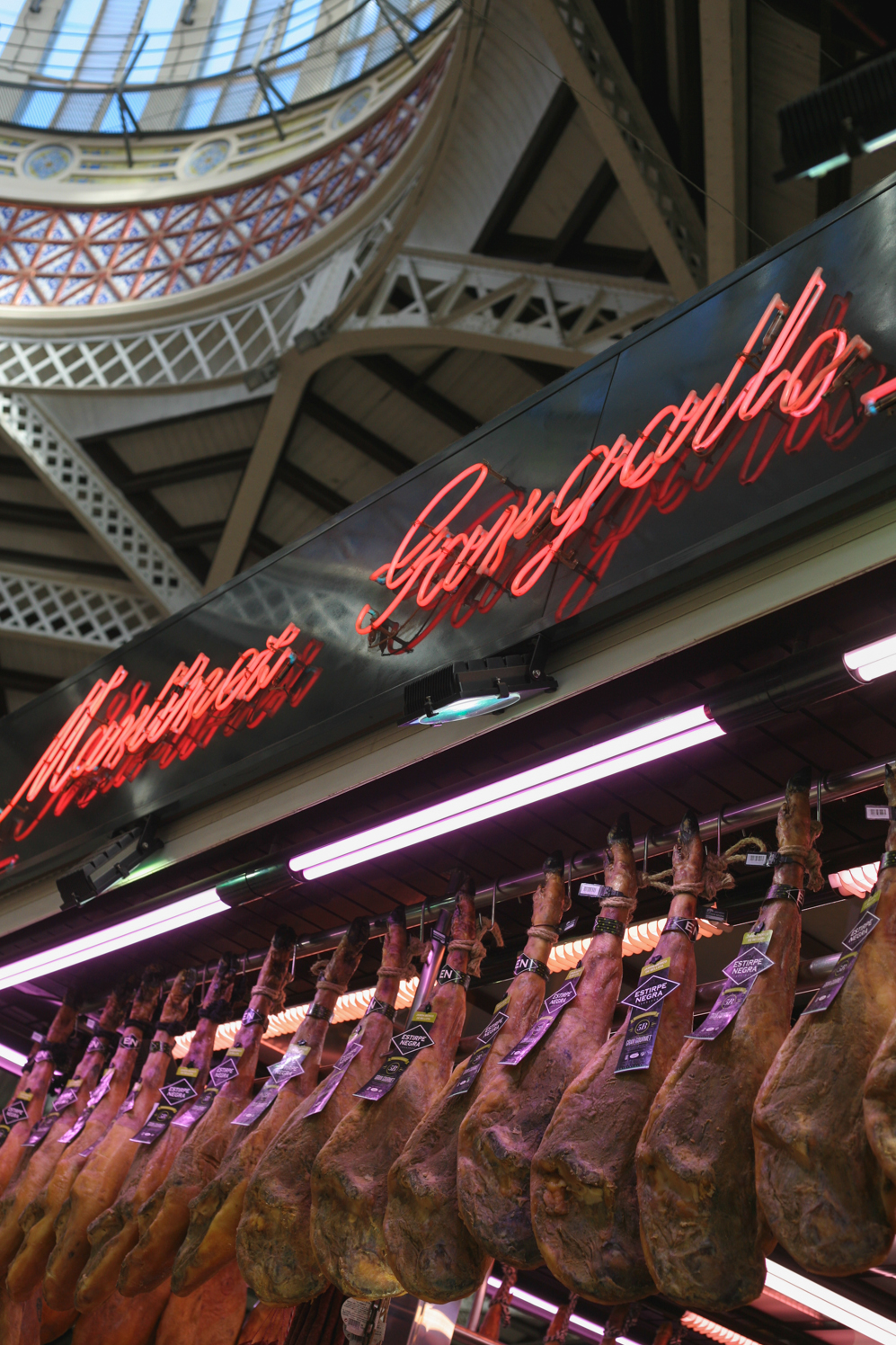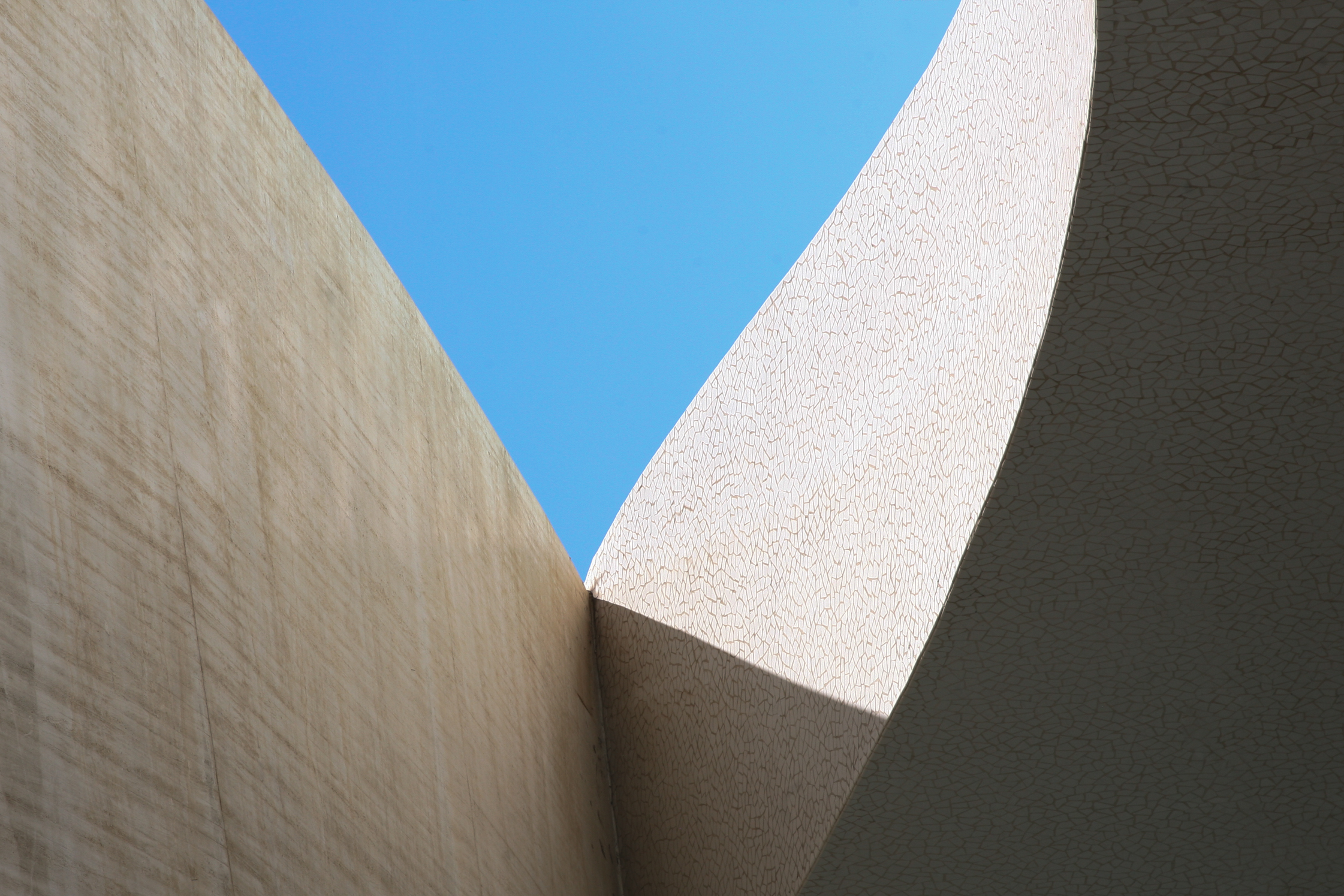To say architect Santiago Calatrava divides opinion is an understatement. Those who visit his creations speak of the unparalleled beauty of his work and the unique experience it elicits.
However, he has lost the good opinion of many, and even been dubbed ‘the world’s most hated architect’ due to his total disregard for budget and timescale and the dubious stability of his completed projects. Designer Albertine van Iterson remains firmly in the first camp, having long held an interest in Calatravas’ work. In this FvF Explores essay, Albertine visually documents Valencia’s City of Arts and Sciences.

“For me, the project is absolutely megalomaniac in essence, but perfectly displays the balance of nature and the man-made.”
-
What inspired you to visit the complex?
I grew up in Maastricht, a small city in the very south of the Netherlands, close to Belgium, and when I was younger we would take the train across the border to the city of Liège. This industrial city has always intrigued me, so I was interested when the construction started on the new railway station designed by Calatrava. I remember it took forever and every time I visited Liège the growing process of the shape of the arch seemed to never stop. It was literally as Calatrava meant it to be, a natural growing shape along the railways. All this steel and concrete, yet so organic and transparent. The result was so fascinating!
-
It has really put this city on the architectural map.
Yes, same with Valencia. I had just finished a job and needed to get out of a very grey Berlin. Although I’d heard mixed opinions of the Spanish city, I was in need of some sun and knowing of Calatravas’ City of Arts and Sciences I was on my way the very next day. It was a good decision!
-
Did the complex evoke any feelings in you?
Absolutely! I first visited the ceramic museum in the morning, which is located in a large townhouse fully in its original Rococo and Neoclassical style. From there it was a 20 minute walk to The City of Arts and Sciences. Approaching the complex I first saw the roof of the El Palau de les Arts Reina Sofía and it felt like seeing a female version of the death star.
-
How did you capture the close up details?
Canon. I usually prefer to shoot with a 50mm as for me it somehow frames exactly that what I like to shoot, also with a 50mm it makes you move instead of the camera. But for this trip I brought a 24-70mm knowing Calatravas’ work includes so many heights and depths.












“I first saw the roof of the El Palau de les Arts Reina Sofía and it felt like seeing a female version of the death star.”
-
There is a lot of controversy over the cost of the project. Having seen the complex up close, do you think the cost was justified?
I would tend to say ‘yes’, although the more difficult question to answer is whether it was worth the city being left with such a huge debt. But as I mentioned, it was one of the main reasons I chose Valencia as my travel destination, so I hope it will pay off in the future. For me, the project is absolutely megalomaniac in essence, but perfectly displays the balance of nature and the man-made.
-
What inspires you when taking photographs?
I like imperfect situations. I took a photo of a guy cleaning the floor around one of the water basins in the complex and, to me, even that emerged as a remarkable picture. A scenario of reality, but not exactly how Calatrava planned it, I guess.
-
Professionally, you are a designer. What is your relationship with photography?
I’m not a photographer, I prefer to work with depth, height and materials. Deciding how a certain three-dimensional scene would fit best a two-dimensional frame is what I like about taking photos.
-
And did you enjoy photographing the complex?
It is one of the most aesthetically impressive things I’ve seen, which left me spending several hours taking photos. In every corner there is something new to discover. I especially enjoyed using the 50mm lens and creating those interesting close up details.

Despite the controversy, these photos speak for themselves. For many, Calatrava’s structures are reason alone to travel to Valencia and they perfectly display the ideology championed by the man himself: aesthetics over functionality at any cost.
Thank you, Albertine, for highlighting the beauty of this incredible complex. Keep up with our contributors’ travels on our travel blog, and find out more about Albertine’s work, which includes lighting at FvF HQ, here.
Photography: Albertine van Iterson
Text: Maddy Tickner

